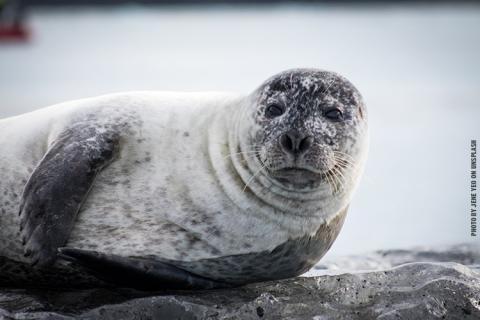Studies Highlight Risks to Arctic Indigenous People from Toxic Chemicals

A study published this month in the journal Environmental Science and Pollution Research co-authored by IPEN co-chair Pamela Miller with a group of scientists, colleagues from Alaska Community Action on Toxics (ACAT), and Indigenous community leaders found that highly toxic chemicals have accumulated in the bodies of seals, whales, and reindeer of the northern Bering Sea, contaminating vital food sources of Arctic Indigenous people.
The researchers coordinated with Indigenous hunters to collect tissue samples from traditionally harvested animals and found that toxic flame retardants (PBDEs) that were phased out in the U.S. in 2004 were frequently detected in all samples. The “forever chemicals” PFAS, substances linked to cancer, liver damage, decreased fertility, and other health conditions, were also found in some samples. The study concluded that “…PBDEs are present in tissues of traditional food animals… and consumption of these animals likely contributes to exposure among Arctic Indigenous Peoples.”
A related study co-authored by ACAT, Indigenous leaders, and other researchers published in the journal Science of the Total Environment found high levels of toxic mercury and PCBs in a trout species that Indigenous groups rely on for subsistence. The highest levels found were in trout caught near a former U.S. military base: 100% of the fish from the site had PCB levels above the EPA’s cancer risk level, and 89% had mercury levels in excess of EPA safe consumption standards. The results show that, despite remediation efforts since the base was closed in the 1970s, the site remains a source of toxic contamination of a critical local food source.
Commenting to the Alaska Beacon, Pam Miller noted that since climate change is leading to sea ice melt and thawing permafrost, chemicals that had been bound in frozen states are being released. She also pointed to the spread of chemicals through plastics that travel long distances. “The convergence of climate, chemicals and plastics has not been fully appreciated by the scientific community or climate-justice activists,” she said.
